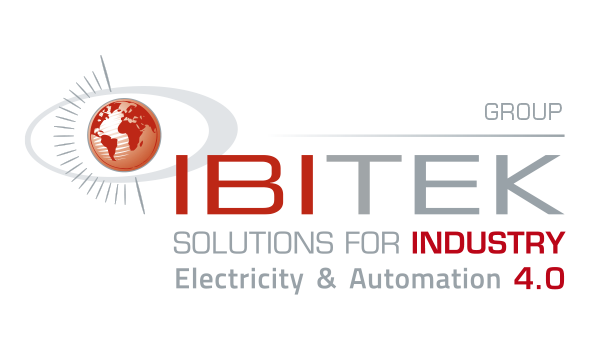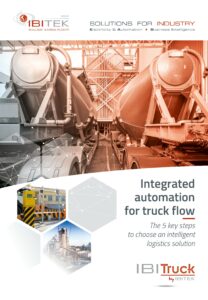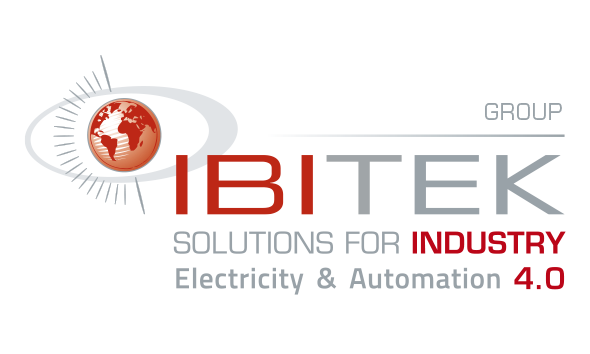Today more than ever, business leaders are faced with the need to make ever more accurate, faster and more efficient decisions to grow their businesses. Thanks to new technologies and the advent of data this past decade, company executives and managers have truthful information to obtain a global vision of the business. All actions related to the governance of a production site can be monitored and controlled thanks to intelligent production solutions, more commonly known as Business Intelligence.
Business Intelligence or BI encompasses a variety of tools, applications and practices that collect data from internal and external systems. This data is then aggregated into dashboards, reports, graphs and dataviz to analyze information and optimize business decisions and performance. In other words, BI is the process of analyzing data driven by technology in order to detect operating trends, gain insight into production and compare performance…in order to take better choices. Managers gain efficiency and speed in their decision making. The use of digital control has created new organizations that place the human being at the heart of the activity.
Each manager (management, maintenance, logistics, production, etc.) needs to analyze the data that is relevant to him or her in order to manage his or her activity. The first difficulty is that the volume of data available can be huge, that’s why it is important to equip yourself with a solution that is able to collect production data instantaneously and to store it in a database.
The second issue is that BI aims to define a common repository for all users, but leaders and managers of a site have common objectives but different operational needs, which makes their communication more complex. They often forget about the final user of these solutions, who is especially interested in reducing his time-consuming tasks.
As a prerequisite, managers must ask themselves what their needs are in order to find the most appropriate business intelligence solution, as well as their capacity to get their teams to adopt this change. They tend to focus on the tool but they forget the main challenge: the way the change will be presented and carried out.
Need analysis and solution research
Whether you are a multinational company established on all continents, a small business or a public administration, you are not looking for the same functions for a BI solution. BI can serve many purposes:
– monitor KPIs to optimize business management
– identify risks and better manage them
– optimize expense management
– ….
To start, you need to understand your real needs and aspirations, as well as your final objectives and the expectations of your end users. To choose your BI solution, a few key questions need to be raised in order to define the trajectory towards which you want to move.
- Why opt for a BI solution?
- What result do you want to achieve?
- What KPIs do you want to monitor and control?
- What functionalities do you need? What will be the volume of data to process?
- Do you want to share your data? Consolidate it? Visualize it?
- Is the access to data within the different departments simple or complex?
- Which business units will have this solution? What is the level of data analysis for employees? How easy will it be to use?
- What will be the integration process?
- How will you store your data?
Once the project framework has been defined, it is time to ask which solution is able to meet your needs. It is necessary to keep in mind that the solution must be intuitive and ergonomic, i.e. with a certain ease of use and make sure that connectivity to your software exists. The solution must also be flexible and scalable so that it continuously adapts to your future needs.
How to chose Project leaders to create a legitimate basis for change
There are many reasons for a successful change, but they all converge on the necessity of project leaders who will have to be the driving force. The project leaders are not necessarily members of the management committee or department directors, however they must be people with influence who, beyond being activists are also true drivers.
According to John Paul Kotter, professor at Harvard Business School, a project leader must have 4 characteristics:
– leadership to engage the parties involved and lead the project in the right direction
– credibility based on trust and respect
– expertise to decide on key issues while remaining independent of the parties involved
– statutory authority, i.e., the ability to make decisions about assigned responsibilities
Project leaders must be representative of the company, which means they represent all the actors involved in the change. Their mission will be to take part in the development of the solution and then to explain and defend it to the final users.
Make BI solution known and understood by end users
One of the methods used in the manufacturing industry and which is at the heart of IT solutions is the kaizen method. This approach, regularly implemented in multinational companies, aims at continuously improving processes and workstations; and is based on the idea that small, quick and regular changes can have a strong impact. Integrating the Kaizen system within a manufacturing site requires 4 points:
- Designation of project leaders to make collaborative decisions and also the engagement of employees so that they become actors in the resolution
- Reconsideration of current practices and objectives, and define future objectives
- Proactivity in solving problems
- Correcting dysfunctions as soon as they appear
Beyond the overall improvements in productivity, this approach will have a direct impact on the satisfaction of employees by taking into account their ideas and actions in improving and enhancing their working conditions. The same is true concerning the optimization of their skills development. In addition, teamwork will improve coordination between departments.
Training to solution: learning by doing
Any change requires learning, which means changing one’s automatisms, learning new practices…. It is often for these reasons that people oppose change, not because they are against it but because they are convinced that they do not have the capacity and the means to succeed. Learning by doing is the best way to get a high level of commitment from employees. But beware, even if employees learn the solution, it is necessary to maintain a presence and fluid communication with them during this stage. This requires joint work between instigators, project leaders and end users. It is crucial to keep rewarding the efforts made and to pursue skills upgrading.
Such a solution brings many advantages to your organization, such as the pooling of knowledge, spontaneous cooperation, and the automation of the decision-making process based on relevant indicators. It is also a way to highlight anomalies in the company, discrepancies and figures, anticipate and forecast trends…
With our experience in implementing intelligent solutions in manufacturing industry, we have experienced these methods to facilitate the adhesion of collaborators and gain in efficiency and productivity. By bringing intelligence into processes and putting people at the heart of digital environments.











